by Gary W. Gallagher | | Wednesday, March 15, 2017 - 00:00

This last of three installments on the Shenandoah Valley during the Civil War shifts to civilians. The frequent presence of United States forces in the Valley exposed civilians to significant disruption of normal routines.
by Gary W. Gallagher | | Wednesday, March 8, 2017 - 00:00
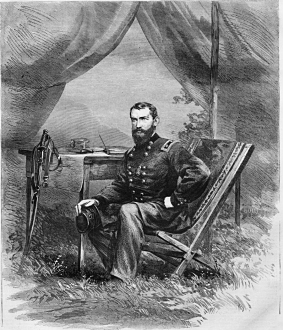
This second of three installments on the Shenandoah Valley during the Civil War, which as a group anticipate our Signature Conference for 2017, focuses on military action. From the confrontation between Joseph E. Johnston and Robert Patterson during the campaign of First Bull Run through the Confederate defeat at Waynesboro on March 2, 1865, almost continuous activity of some sort disturbed the Valley’s pastoral countryside.
by Gary W. Gallagher | | Tuesday, February 28, 2017 - 14:28
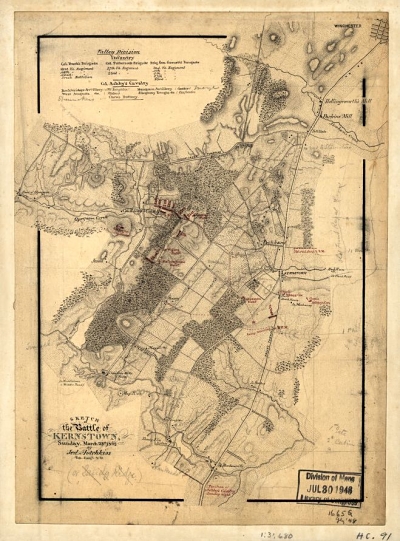
The Nau Center’s Signature Conference for 2017 will focus on the Shenandoah Valley’s role in the Civil War. Lecturers will examine various facets of the overall topic, including military operations, civilian experiences, how events in the Valley resonated in the United States and the Confederacy, and how the Valley figured in memories of the conflict. In this, the first of three installments anticipating the conference, I will examine the Valley's geography and logistical and strategic significance.
by Jack Furniss & William Kurtz | | Tuesday, February 7, 2017 - 00:00
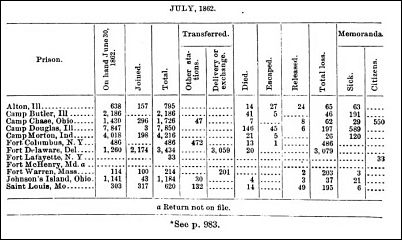
The Nau Center is in the very early stages of a digital project looking to add to what historians know about military prisons in the Union and the Confederacy.
by Elizabeth R. Varon | | Wednesday, January 25, 2017 - 00:00
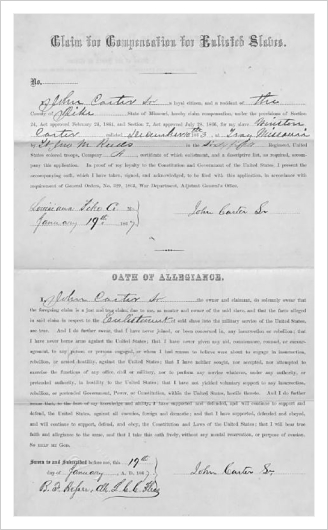
Note: This is the last installment of a three-part blog post on the Virginia roots of U.S.C.T. soldiers in Missouri regiments.
Part III: The War’s Aftermath
by Elizabeth R. Varon | | Wednesday, January 18, 2017 - 00:00
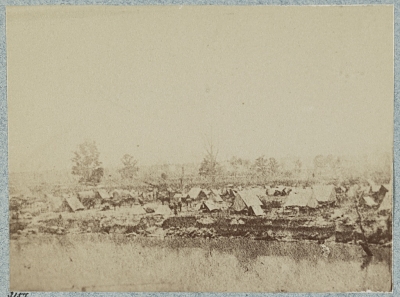
Note: This is part two of a three part blog post on the Virginia roots of U.S.C.T. soldiers in Missouri regiments.
Part II: Military Service
by Elizabeth R. Varon | | Wednesday, January 11, 2017 - 13:04
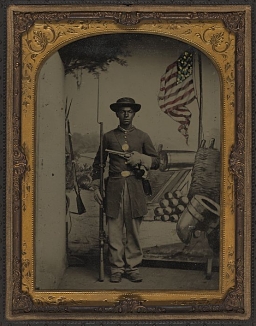
Note: What follows is a three part story, which we will present in consecutive blog posts, that permits us to see the history of central Virginia in a new way: with a focus on the journeys of African American men, born in the shadow of Jefferson’s Monticello, who fought for the Union army in the Civil War. These men represent the Virginia roots of thousands of U.S.C.T. soldiers, men who were dispersed by the system of slavery and then converged, during the war, in black regiments, and fought to save the Union and to end slavery.
by William Kurtz | | Tuesday, January 3, 2017 - 00:00
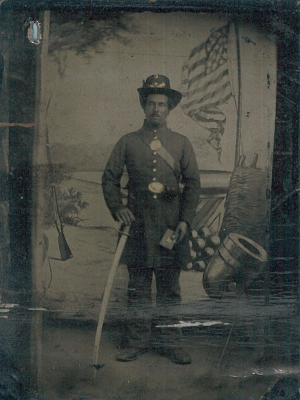
This blog post is one of several that we will publish in 2017 on our Black Virginians in Blue digital project. The project explores the lives of African American men from Albemarle County, Virginia, who served in the USCT. Jonathan White’s piece on James T. S. Taylor was our first blog entry on the subject.
by Peter C. Luebke | | Wednesday, December 14, 2016 - 12:53
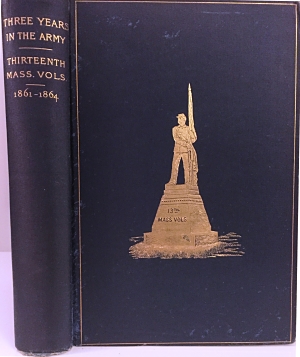
Historians have neglected what regimental histories can reveal about the experience of common soldiers during the Civil War. Many in number, regimental histories provide an accurate portrait of the life of the Union soldier during the conflict and also comment on why soldiers went to war.
by J. Matthew Gallman | | Wednesday, November 16, 2016 - 10:45
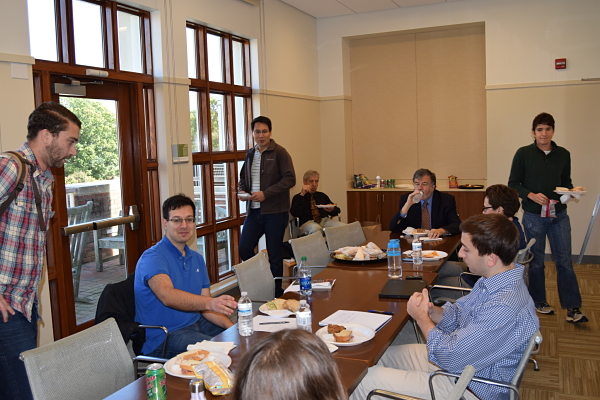
Today we present part two of our interview with J. Matthew Gallman, winner of the 2016 Bobbie and John Nau Book Prize in American Civil War Era History. In this segment, Gallman discusses his thoughts on the state of the field, digital methods and tools, and going beyond simple binaries in thinking about the wartime Democratic Party.
Varon: What is the state of Civil War studies right now? What about digital tools as a new way to study the war?
